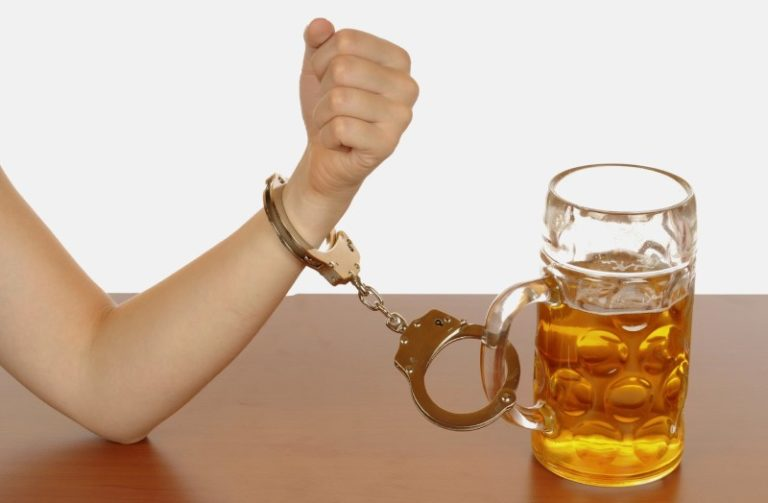Gabapentin for Anxiety, Depression, and Bipolar Disorder

The prescription drug is being used off-label to treat common mental illnesses and even alcohol use disorder. But does it work? And what about the side effects? Clear answers to your most pressing concerns, right here.
Gabapentin is an anticonvulsant prescription drug that goes by several brand names including, Neurontin, Gralise, Gabarone, and Fanatrex. It was approved by the FDA in December 1993 for the following main uses.
- Controlling certain types of seizures in people who have epilepsy
- Relieving nerve pain (think: burning, stabbing, or aches) from shingles
- Calming restless legs syndrome
Side Effects of Gabapentin
As with any medication, there may be some side effects. Some of these are more likely to happen when you first start taking the medication.
Common side effects:
- Dizziness
- Double Vision
- Fatigue
- Nystagmus (involuntary eye movement)
- Sleepiness
- Tremors
- Unsteadiness
Less common side effects:
- Abnormal stool (black and tarry)
- Chest pain
- Chills
- Cough
- Depression, irritability, or other mood or mental changes
- Fever
- Fatigue
- Memory loss
- Pain (or swelling) in the arms or legs
- Painful or difficult urination
- Shortness of breath
- Sore throat/swollen glands
Common side effects for those with mental illness:
- Agitation
- Decreased libido
- Depersonalization
- Increased libido
- Mania
- Paranoia
Gabapentin Dosage and Administration
Typically, your doctor will prescribe 300 mg once a day, usually in the evening, to start. The dose will then be increased every three to five days. Some people will take 600 mg/day, others will increase to 3,600 mg/day—the maximum dose approved by the FDA.
If used as a mood stabilizer or anti-depressant, the dose is usually between 900 and 2,000 mg a day. But, it may also be increased for better results. Some people see improvement in their symptoms about a week after starting treatment. Others need about a month before they see significant improvement.
Gabapentin has a half-life of about six hours, so it must be taken three to four times a day.